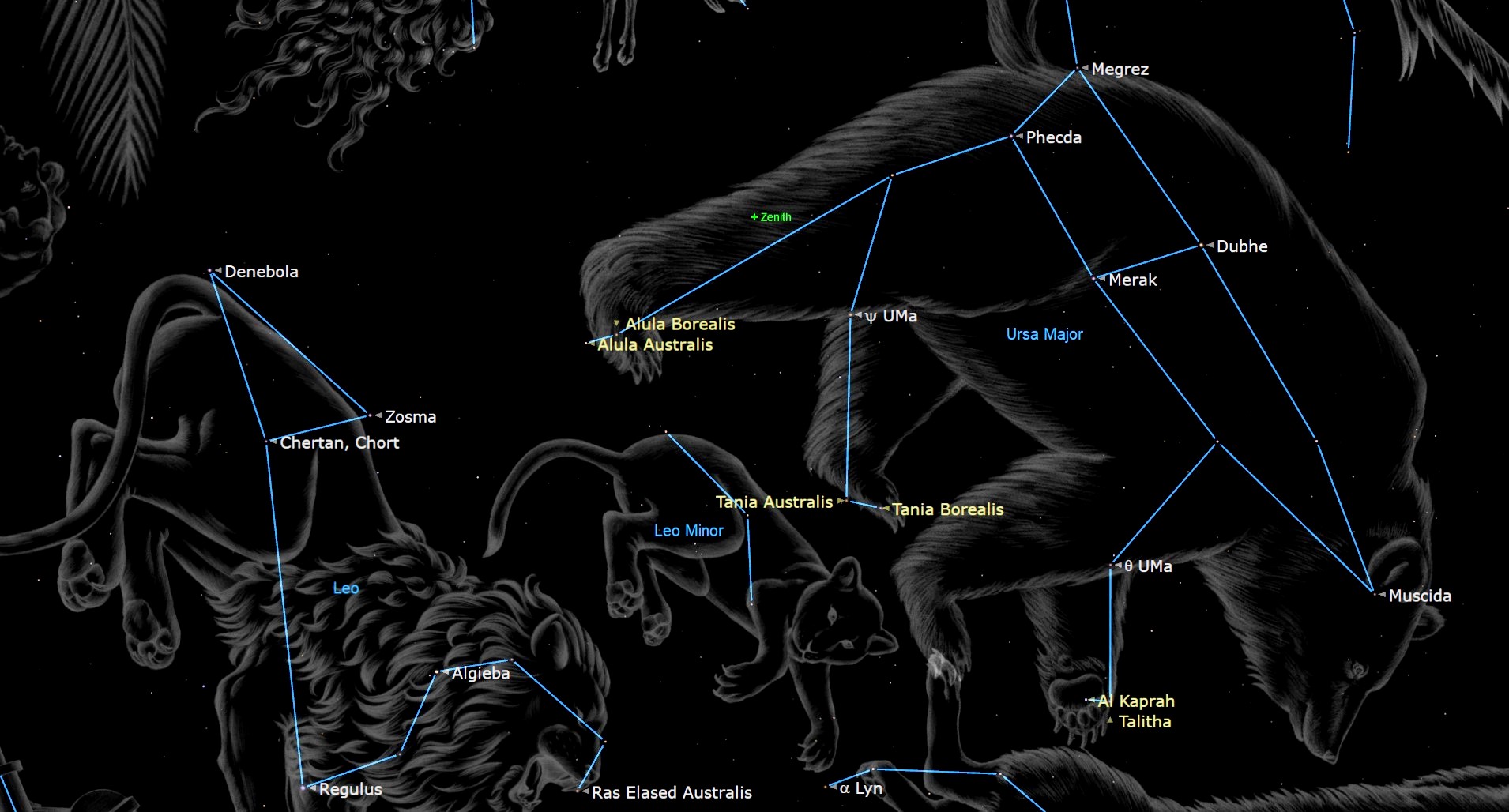Strange white dwarf switches 'on' and 'off' in front of astronomers
Scientists spotted the star's behavior using a planet-hunting satellite.

A spacecraft that usually seeks new worlds saw a white dwarf suddenly switch "off" with a swift drop in brightness. Then it switched back on again.
This observation represents the first time astronomers saw a white dwarf change its luminosity, or inherent brightness, so quickly, and may have implications for how we understand the process of accretion (or building up material) at many types of celestial objects.
White dwarfs are the remnants of much larger stars approximately the size of our sun that have burned off all the hydrogen that previously fueled them. As such, sometimes astronomers say that looking at white dwarf systems helps us learn about our own solar system's distant future, when the sun runs out of hydrogen in about 5 billion years.
Related: Death of a sunlike star: How it will destroy Earth (infographic)
The new star research was conducted using NASA's Transiting Exoplanet Survey Satellite (TESS), whose main mission is to seek Earth-size worlds relatively close to our own planet, on a larger quest to understand how prolific life may be in the universe. In this case, TESS spotted the fluctuating brightness at a star called TW Pictoris, which is roughly 1,400 light-years from Earth.
The luminosity changes took place because the white dwarf is pulling off material from a nearby companion star, in a process known as accretion. As the white dwarf "feeds" off its companion, it grows brighter.
The white dwarf lost luminosity in only 30 minutes, much faster than other white dwarfs that have faded over several days or months. Why is still unknown, as the flow of material on to the white dwarf's accretion disc should be constant, but astronomers suspect it might be due to fluctuations in the dwarf's magnetic field.
Get the Space.com Newsletter
Breaking space news, the latest updates on rocket launches, skywatching events and more!
"The brightness of an accreting white dwarf is affected by the amount of surrounding material it feeds on, so the researchers say something is interfering with its food supply," the University of Durham, which led the research, said in a statement.
"They hope the discovery will help them learn more about the physics behind accretion — where objects like black holes, white dwarfs and neutron stars feed on surrounding material from neighboring stars."
The researchers theorize that when the star is "on," the white dwarf is feeding off the accretion disc as expected. But when the star turns "off," it's possible that the magnetic field is spinning quite rapidly, too fast to allow the material from the companion star to settle on the white dwarf.
This process, which creates a centrifugal barrier blocking the material from falling on the white dwarf, is called "magnetic gating," the researchers said. For reasons that are still being investigated, the white dwarf system then resets itself and turns "on" again, allowing the luminosity to increase.
"To see the brightness of TW Pictoris plummet in 30 minutes is in itself extraordinary as it has never been seen in other accreting white dwarfs and is totally unexpected," lead author and Durham astronomer Simone Scaringi said in the statement.
Scaringi pointed to neutron stars, or the city-sized leftovers of large supernova star explosions, as possible analogs for the behavior. The new observations of the white dwarf, Scaringi added, "could be an important step in helping us to better understand the process of how other accreting objects feed on the material that surrounds them, and the important role of magnetic fields in this process."
A paper based on the research was published Monday (Oct. 18) in Nature Astronomy.
Follow Elizabeth Howell on Twitter @howellspace. Follow us on Twitter @Spacedotcom and on Facebook.
Join our Space Forums to keep talking space on the latest missions, night sky and more! And if you have a news tip, correction or comment, let us know at: community@space.com.

Elizabeth Howell (she/her), Ph.D., was a staff writer in the spaceflight channel between 2022 and 2024 specializing in Canadian space news. She was contributing writer for Space.com for 10 years from 2012 to 2024. Elizabeth's reporting includes multiple exclusives with the White House, leading world coverage about a lost-and-found space tomato on the International Space Station, witnessing five human spaceflight launches on two continents, flying parabolic, working inside a spacesuit, and participating in a simulated Mars mission. Her latest book, "Why Am I Taller?" (ECW Press, 2022) is co-written with astronaut Dave Williams.









